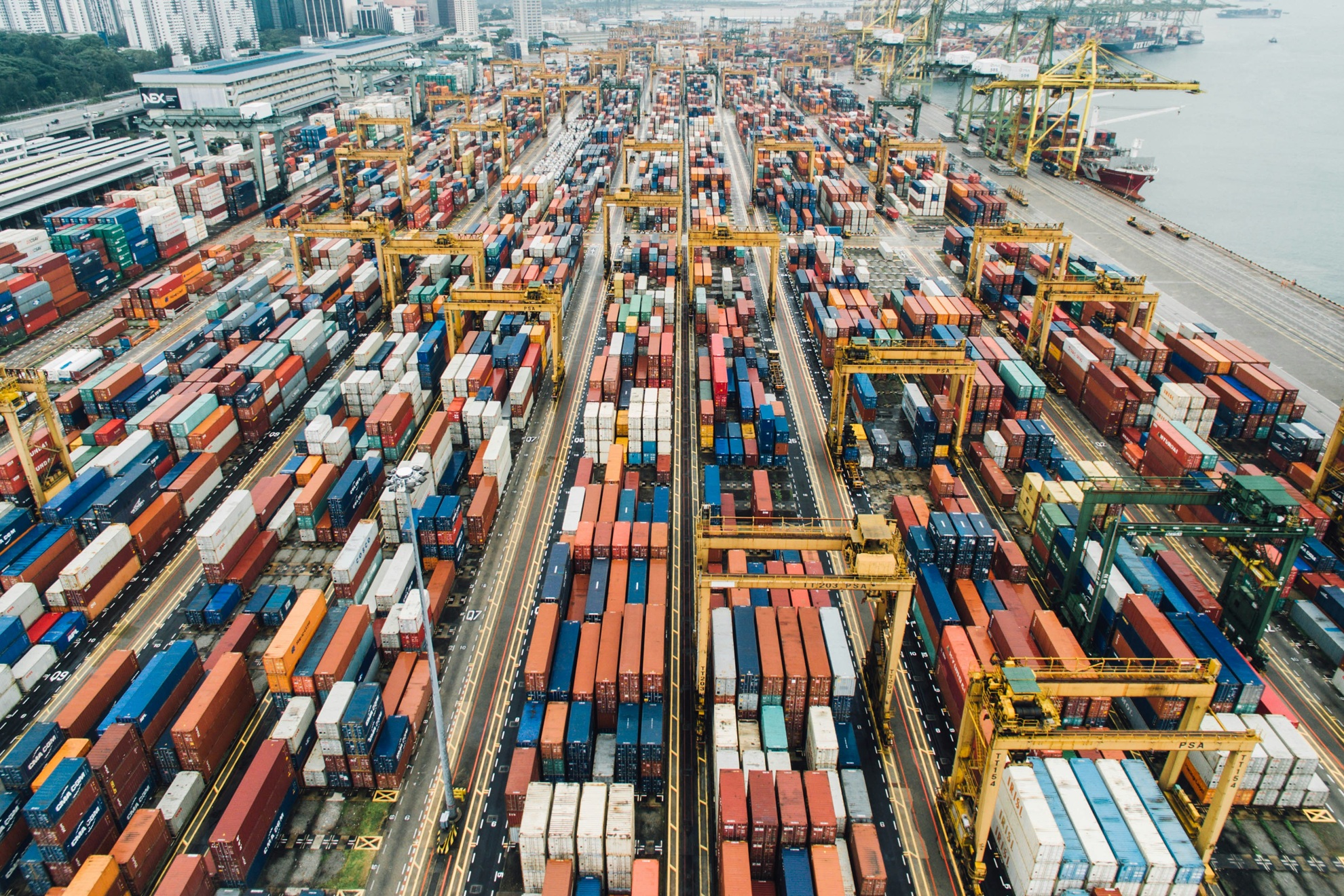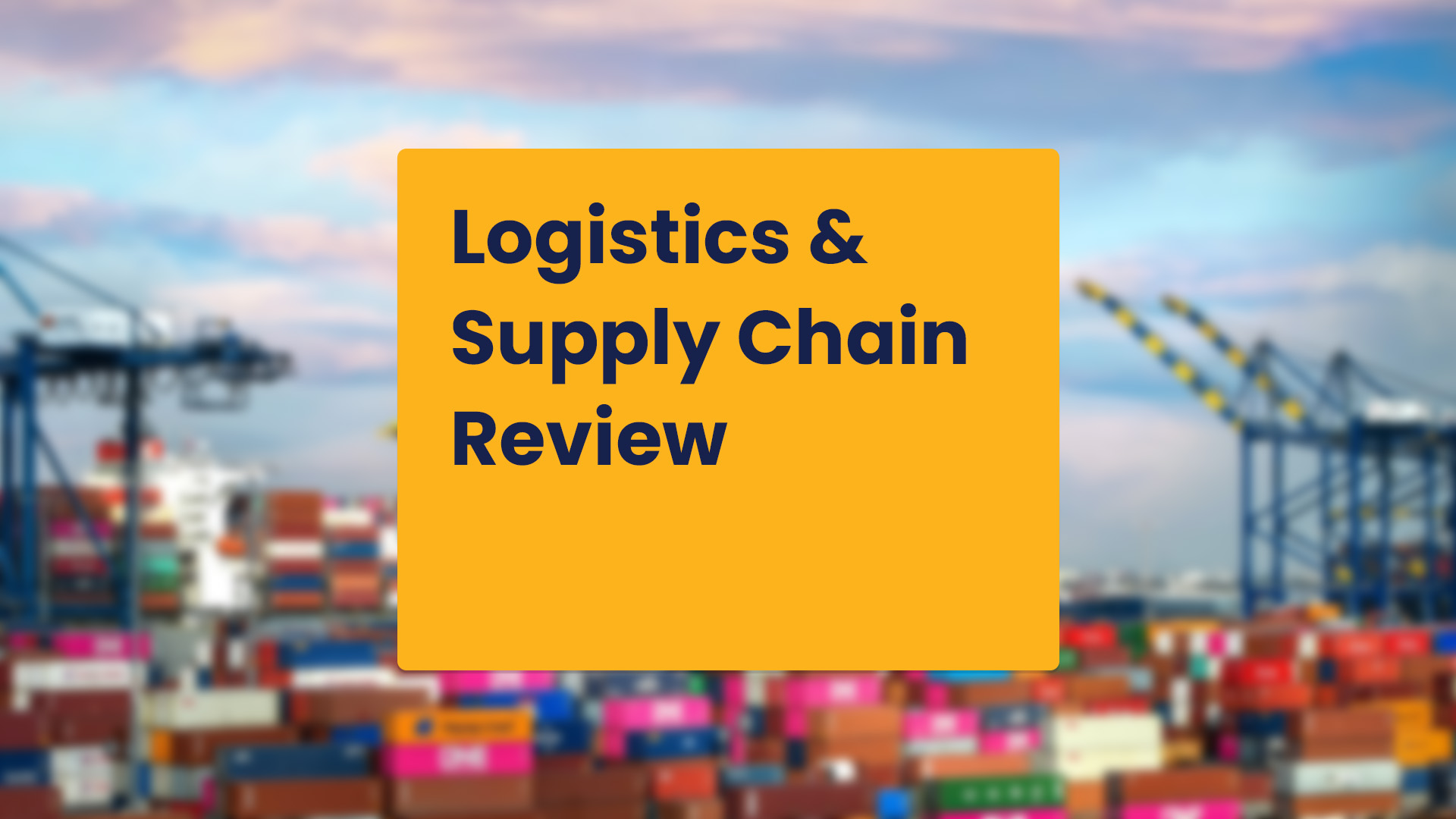Ocean Freight Rates Plunge: Will March 2025 Signal Recovery?
As of March 27, 2025, ocean freight rates have experienced a significant decline, with a 36% drop since January 2025. The Shanghai Containerized Freight Index (SCFI) has decreased for six consecutive weeks, indicating a notable downturn in global shipping costs. In response, major carriers such as Maersk, MSC, CMA CGM, Hapag-Lloyd, and HMM have announced General Rate Increases (GRIs) for March, aiming to stabilize rates amidst the current volatility. For instance, Asia–Europe lanes are facing proposed hikes of up to $6,900 per 40-foot container, while trans-Pacific routes are seeing GRI targets in the $2,000–$3,000 range.
Despite these efforts, the market remains uncertain. The SCFI's continued decline suggests persistent challenges, and the effectiveness of the GRIs in reversing the downward trend is yet to be determined. Shippers and logistics professionals are advised to monitor these developments closely and consider strategies such as diversifying carrier partnerships and leveraging digital freight tools to navigate the current market dynamics effectively.
Semiconductors could compensate for air freight’s lost ecommerce traffic
The semiconductor industry is emerging as a significant growth area for air freight, potentially offsetting declines in e-commerce shipments. In 2024, global semiconductor sales increased by 19.1%, with January 2025 sales up nearly 18% year-on-year. Projections indicate a 15% growth for the year, driven by heightened demand in sectors like artificial intelligence (AI), consumer electronics, automotive, industrial applications, and the Internet of Things (IoT).
To meet this rising demand, the U.S. CHIPS Act is incentivizing domestic semiconductor manufacturing, aiming to triple production by 2032. This expansion underscores the increasing need for efficient and secure transportation solutions for semiconductor components. Recognizing this, Qatar Airways Cargo has introduced 'TechLift,' a specialized service designed to handle semiconductor shipments with features like targeted shock absorption and climate control to protect these sensitive items.
As the semiconductor industry continues to grow and diversify geographically, air cargo carriers are adapting to provide the specialized logistics solutions required to transport these valuable and delicate components safely.

Port Ownership in 2025: Who Controls Global Trade Gateways?
The global landscape of port ownership is undergoing significant transformations, with private entities increasingly controlling key trade gateways. A notable example is the $22.8 billion sale of CK Hutchison's port assets to MSC's Terminal Investment Limited (TiL) and BlackRock Infrastructure Partners. This transaction involves 42 port terminals across 23 countries, including strategic locations near the Panama Canal, Europe, and Asia.
Traditionally, many assume that ports are government-operated due to their strategic importance. However, a mixed ownership model prevails, where governments often own the land and infrastructure but lease operations to private companies. This approach aims to leverage private sector efficiency and investment while maintaining public oversight.
Leading global port operators include:
-
PSA International: Based in Singapore, PSA manages over 60 terminals in 26 countries.
-
APM Terminals: A subsidiary of Maersk, operating 76 ports and terminal facilities globally.
-
DP World: Headquartered in Dubai, DP World operates 82 marine and inland terminals across six continents.
-
China COSCO Shipping: Manages a vast network of port assets, particularly in China and Europe.
The trend of private and foreign ownership has sparked geopolitical debates. For instance, the acquisition of Panama Canal-adjacent ports by a U.S.-led consortium reflects strategic interests in limiting foreign influence over critical infrastructure.
For logistics professionals, understanding port ownership dynamics is crucial, as they influence operational efficiency, costs, and the broader supply chain landscape.
Get more articles like this in your inbox
Sign up for our monthly newsletter
Find more articles



